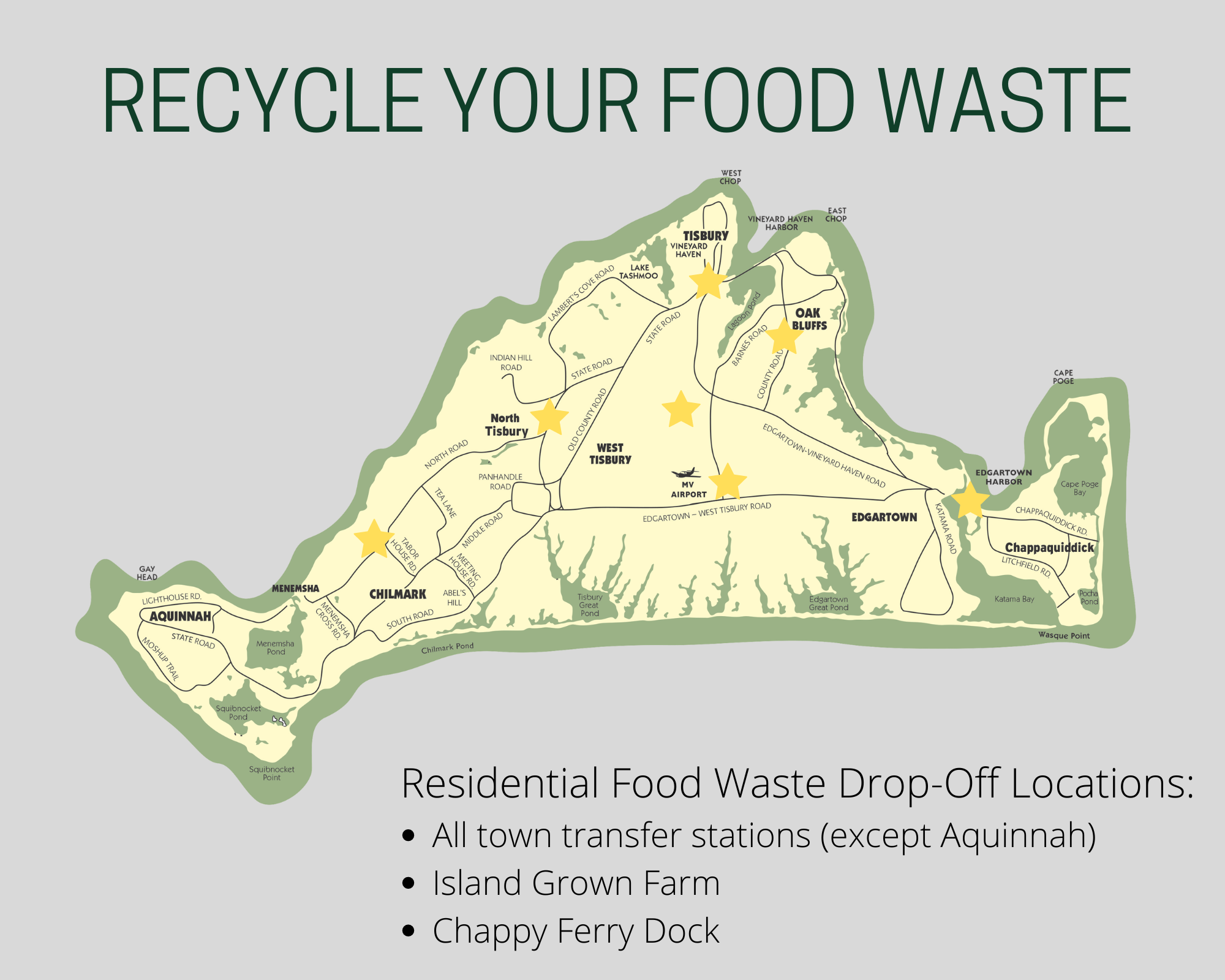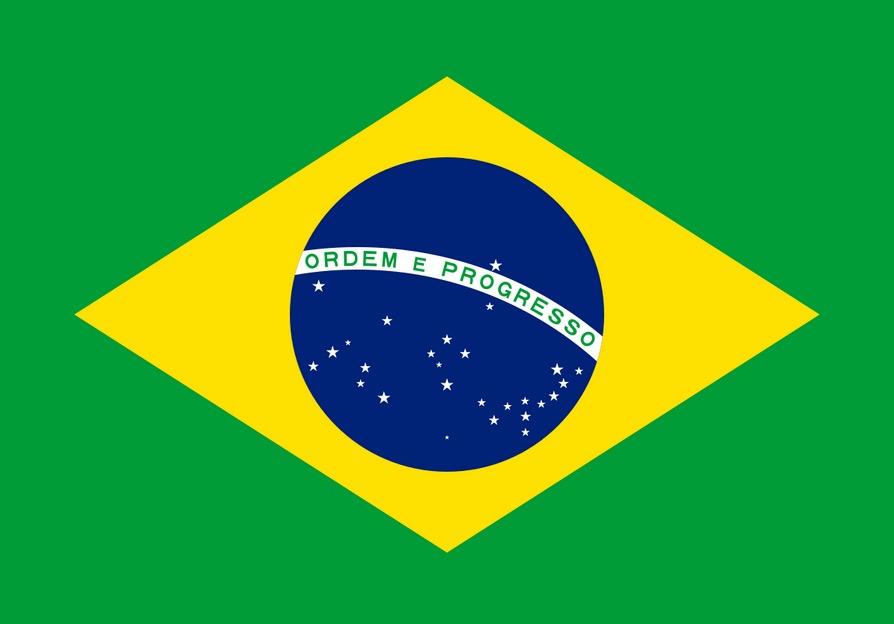MA CURRICULUM FRAMEWORKS
2-PS1-1
OBJECTIVE
Students will know that eating a variety of colors, and therefore fruits and vegetables, gives their bodies a variety of nutrients. Students will understand that a variety of foods provide for the unique needs of each of the systems in our bodies.
ESSENTIAL QUESTIONS
Why do we eat food?
Why do foods have colors?
How does the food we eat make our bodies feel?
How can we make our bodies feel best with food and mindfulness?
MATERIALS NEEDED
Enough sheets of butcher paper to trace each student’s body; colored markers; cutting board, knife, plates, samples for tastings each week
PROCEDURE
Cut body-sized butcher paper before first class. Purchase and prepare samples for tastings each week. Print out anatomical pictures for the color/body system of the week. Alternatively use small body outlines for students to fill in each week.
Introduction:
Each week we will learn about the foods and body systems associated with a color. What color foods have you eaten today? Not all foods are equal! Just like some of us are better at playing soccer while some of us are better at doing math, foods can be better at providing for different systems in our body.
Discussion:
What does our body need? (food, water) why does our body need food? Not just to keep our bellies full, the food we eat gives us energy for breathing, walking, thinking, everything! Do you know of a food that is good for a certain body part or function?
Activity:
In partners, trace each other’s body map (one student lies down on the butcher paper while the other traces their outline, then switch).. We will use the body maps each week kind of like diaries. We’ll do a mindfulness practice and a fruit or vegetable tasting, then draw how that color makes us feel.
Week 1 – White: Immune System
-Plank pose: Start in downward dog. Slide into plank pose. Align hands directly under the shoulders and spread wingers wide. Firm your thighs, and draw your belly in toward your spine. Hold for 10 seconds. Gently lower your body on to the ground, and find your way up. Movement that heats your body up are helpful in keeping your body warm during cold and flu season.
-Back in circle, explain that many foods that are white are anti-fungal and anti-bacterial. What does the word anti mean? (It means against or opposite). Show them pictures of white blood cells and T-cells within our bodies. Today we will taste foods that help our bodies fight off diseases and actually boost our white blood cells. This part of our body is called the immune system.
-Taste garlic, ginger, cauliflower, and/or honey – all aid our immune system.
Week 2 – Red: Cardiovascular system
-Have everyone sit quietly and put their hand on their heart. Time for one minute and count how fast their hearts are beating. Then have them stand up, put their hands above their heads, then touch their toes, repeat 10 times. Then sit down again and count their heartbeat. It should be faster.
-Remind them that there are a lot of things we do on purpose in our bodies. We learned these things as babies and continue to learn. We learned how to chew our food and touch our toes, we learned how to skip and write our names. But there are a lot of things are bodies do without us ever learning. Our heart has been beating every second of every day of our lives. We can help our heart stay healthy and our blood vessels clean by eating foods the color red. Foods are often red because of lycopene, an antioxidant. When we eat lycopene, it helps our blood cells stay healthy and our heart beat regularly.
-Taste cranberry, red grapefruit, and watermelon. Show picture of an anatomical heart and a strawberry, a halved tomato and a halved watermelon. Show picture of red blood cells and the cardiovascular system. Do any of these look similar
Week 3 – Orange and yellow: Eyes, nose and mouth (mucous membranes)
-Alternate nostril breathing: Sit cross legged. Use your right hand to close your left nostril. Take a deep breath in your right nostril and and hold it. Remove your hand from the left nostril, and place left hand over your right nostril. Exhale through the left nostril. Repeat the process.
-Skin covers up most of our body. But we have a few portals where space can enter our body – our eyes, nose, ears and mouth. We have senses of seeing, smelling, hearing and tasting. These are where a lot of infections can enter our body, too. Beta-carotene is a phytonutrient that makes foods orange and yellow. Listen to the word again: beta-carotene. What word do you hear? (carrot). Not only does Beta-carotene gives foods their color, but it also supports the mucus membranes of our eyes, nose, ears and mouth. Foods that are yellow and orange also often have high levels of Vitamin C, which can give you energy.
-Taste carrots, winter squash, and oranges. Notice the similarity between our eyes and a cut open carrot, the squishy texture of squash and oranges.
Week 4 – Green: skeletal system
-Extended Triangle Pose: Begin by standing up with enough space for arms and legs to be wide. Stand with legs wide, feet facing forward. Starting with the right foot, face towards the right wall. Take your arms out wide and straight. Then slowly bend from the hips, keeping arms straight, until you can touch your calf or toe. Hold for 10 seconds. Slowly come up and notice how the right side of your body feels. Switch sides to the left wall. How do you feel? Bones can feel longer and stronger.
-Greens are high in calcium and manganese, which help bones grow strong, reduces risk of breaking and fracturing
-Greens are high in iron, which carries oxygen to the lungs
-Taste broccoli, kale, or spinach. Notice the shapes of broccoli and lungs, the bone-like stems of kale and spinach.
Week 5 – Blue and Purple: Nervous system
-Reclining Bound Angle Pose: Lay flat on the ground. Bend your knees until the bottoms of your feet can touch. Your legs will be making a kite shape. Then place one hand on your belly, and one hand on your heart. Close your eyes and try to relax. This pose calms and relaxes your nervous system.
-Our nervous system is made up of nerves connecting all our body parts to our brain. Anthocyanin is an antioxidant that gives blue and purple foods their color. When we eat anthocyanin, it improves our memory and keeps our brains smart.
-Taste beets, blueberries, or black currant juice
Week 6 – Make a rainbow recipe and have a museum showing of the body maps
-Make a rainbow smoothie with all the colors. Strawberries or cranberries, oranges or mangoes, spinach or kale, blueberries or beets, yogurt and honey. o Make fruit or vegetable skewers with all the colors of the rainbow.
Each week we follow the same format: movement or mindfulness (3 minutes), speaking about the color, foods, and body system of the week (5 minutes); tasting (3 minutes); rolling out bodies, drawing, re-rolling bodies again (15 minutes). Wrap up discussion (2 minutes)
FOLLOW UP & EXTENSIONS
You can also abbreviate this unit for younger students or if you have less weeks available. Make 6 small groups with each color and have them cut out pictures from seed catalogues or magazines of their color foods. With the pictures and drawings, they illustrate the body system that the color helps. As a group they create a movement, physical activity, or catch line that they think helps the body system (will probably need to give them examples of an activity, or have them choose from 2 or 3). Have a day for presenting the 6 body maps and the paired activity.
In the spring plan a rainbow garden with rainbow carrots, beets, or chard. Or each crop can be a different color, either a spring or fall garden:
- Spring ideas: purple sprouting broccoli or purple beets, blue borage flowers, greens, yellow nasturtiums, golden beets, orange carrots, red strawberries or red ursa kale or red stemmed chard
- Fall ideas: eggplant, blue borage flowers, greens, yellow and orange peppers, red tomatoes








